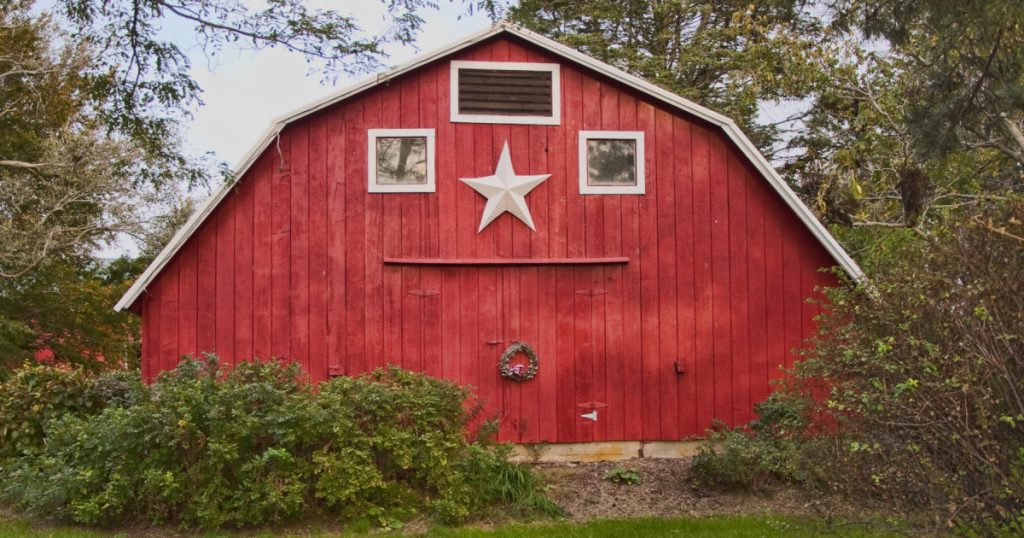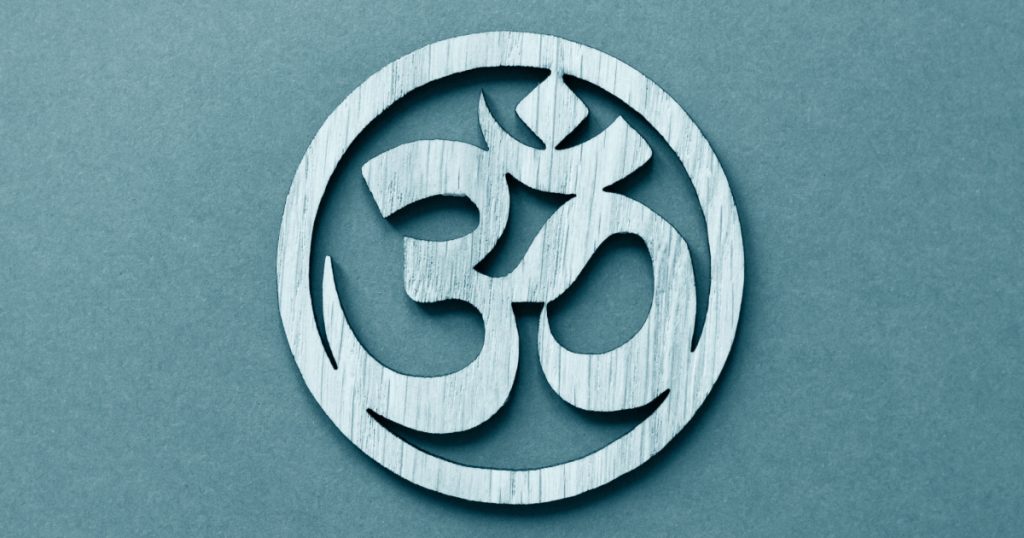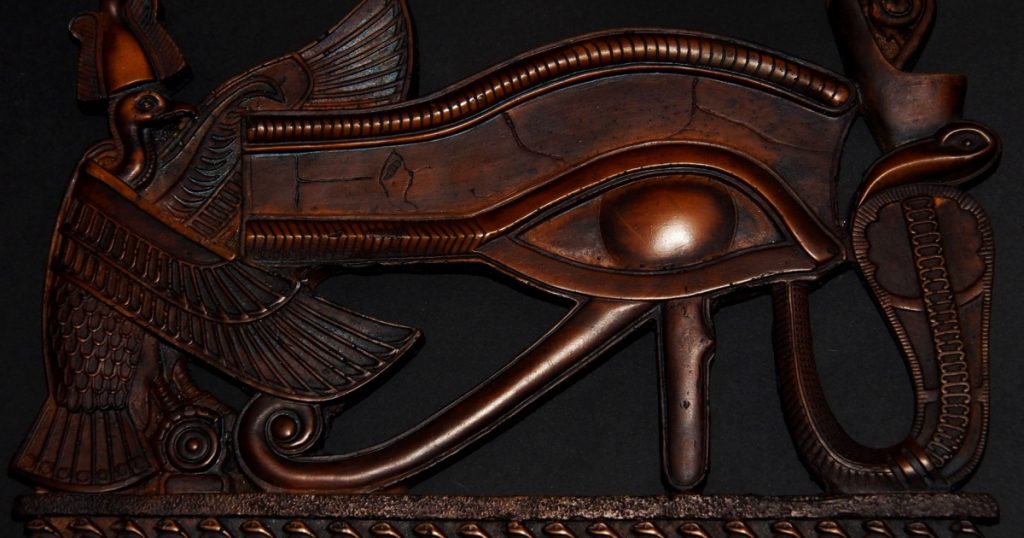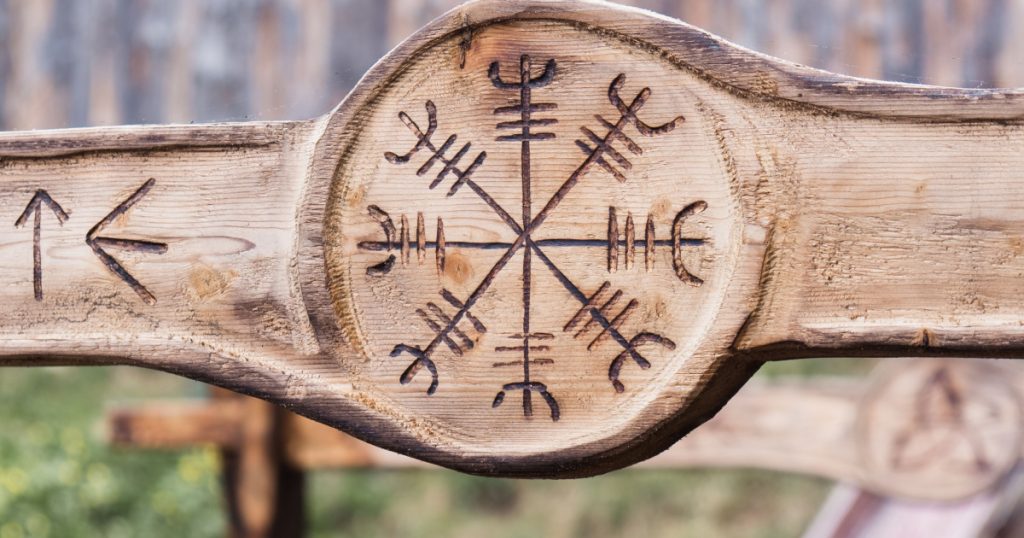Barn stars are a sweet ornament frequently spotted above the door at the top of a barn. They can be painted on or made out of metal stars. As an alternative, hex signs or quilt squares are occasionally used in their stead. There is a purpose for these decorations, and it’s probably not what you expected.
It turns out that German-American farmers consider Barn stars to be extremely significant. They are positioned at the top of barns to ward off evil or bring prosperity to the farmer’s crop. It’s interesting because each one has a different meaning and may vary in colour.
A green barn star, for instance, symbolises the fertility of crops and strong growth. Blue or black barn stars, however, signal protection over the farmer, their household, and their crops. On the other hand, brown represents friendship. Barn Stars have an Interesting History

Barn stars first appeared on barns in the 1830s, though they have since taken on a certain amount of fashion. the Pennsylvania Dutch, or Amish, community. Every emblem is a modification of European German folk art that was brought over. Away from popular culture and modern technology, the Amish are renowned for leading very simple lives.
Barn stars are only one of the many regional traditions and customs that have been passed down through the years. What’s more intriguing is that for someone whose family has strong ties to Pennsylvania Dutch traditions, things that are frequently associated with one another have very distinct meanings.
Patrick Donmoyer stated that it’s crucial to understand that there are actually two parallel traditions: “There are the barn stars, and then there are the hex signs.”
Barn Stars May Offer Protection

At Kutztown University, Donmoyer oversees the Pennsylvania German Cultural Heritage Centre. In order to bring luck to newlyweds, many of the hex signs also appeared in other places, such as marriage licences, he said. Or on grave markers to aid the deceased with finding peace in the hereafter.
Superstitions have been practised for millennia, and they have all evolved to meet the needs of the world’s constantly changing population. Unbelievably, barn stars did not have the same significance or “power” as is generally thought now.
In fact, according to Donmoyer, “These were part of the agricultural lifestyle. They were something that was not necessarily connected to supernatural events or ideas.” Actually, hex signs were inspired by, and began showing up on barns nearly 100 after the barn stars.
Hex Signs aren’t the Same

A New England artist named Wallace Nutting visited Pennsylvania Dutch Country in 1924 and “misinterpreted” the original quilt squares or barn stars to create the hex signs.
“He was describing something real, but what he was describing was misunderstood,” Donmoyer explained. “It was not the stars on the barn that he was describing, it was actually this idea of the hexenfoos. He kind of transposed the two aspects of the tradition.”
These designs were being reinvented by the 1950s and were now a popular tourist destination. A reminder of the ingenuity, labour, and customs of a culture that has long confounded mainstream society is provided by the appearance of barn stars and quilt squares on barns throughout Pennsylvania Dutch country.
These symbols stand for culture and traditions that have been passed down from one generation to the next. Consequently, despite being widely believed to ward off evil, barn stars served for the Pennsylvania Dutch as a decorative remembrance of their forefathers and their native place.
Many Cultures Have Something Similar

Superstitions have existed for a very long period, as was already indicated. They are intended to aid in warding off evil, avoiding negative karma, and frequently promoting prosperity and happiness. It should come as no surprise that many tribes and nations have their own ancient symbols that have, like barn stars, been altered to fend off evil and safeguard homes and families.
Om

Om, for instance, is a symbol that is frequently used to offer protection during meditation and other spiritual practises. Although many people have heard the word or sound, the term itself also has a visual interpretation. It is thought to “purify” the body and mind, striking a happy and harmonious balance between tranquilly and the challenges of life.
Eye of Horus

The Egyptian Eye of Horus is another illustration. The potent emblem, which is frequently found in wall art or jewellery from ancient Egypt, is supposed to offer protection and healing. Or the Hamsa Hand, which is thought to ward against evil and offer good health, luck, and wealth. It is found in the Middle East and the Mediterranean.
Turtle

It’s fascinating to note that turtles are also a revered emblem. The turtle is regarded as a symbol of longevity, wisdom, fertility, and being grounded by Native American and African tribes.
Helm of Awe

Last but not least, the Norse symbol known as the Helm of Awe is said to shield warriors during combat and instill terror in the hearts of their adversaries.
Same but Different
Despite the fact that people in other nations have been cut off from one another, technological improvements have made it simpler to recognise the similarities among many nations and civilizations, each of which has its own name and meaning for these symbols.
Nevertheless, each symbol is regarded as promising safety, wealth, and good health and serves as a reminder of our ancestors’ wishes for the future prosperity of our families and community.
The intricate history of barn stars is filled with lovely, simple designs. Check out this video for more ideas and instructions:

Morgan White is the Lead Writer and Editorial Director at Bengali Media, driving the creation of impactful and engaging content across the website. As the principal author and a visionary leader, Morgan has established himself as the backbone of Bengali Media, contributing extensively to its growth and reputation.
With a degree in Mass Communication from University of Ljubljana and over 6 years of experience in journalism and digital publishing, Morgan is not just a writer but a strategist. His expertise spans news, popular culture, and lifestyle topics, delivering articles that inform, entertain, and resonate with a global audience.
Under his guidance, Bengali Media has flourished, attracting millions of readers and becoming a trusted source of authentic and original content. Morgan’s leadership ensures the team consistently produces high-quality work, maintaining the website’s commitment to excellence.
